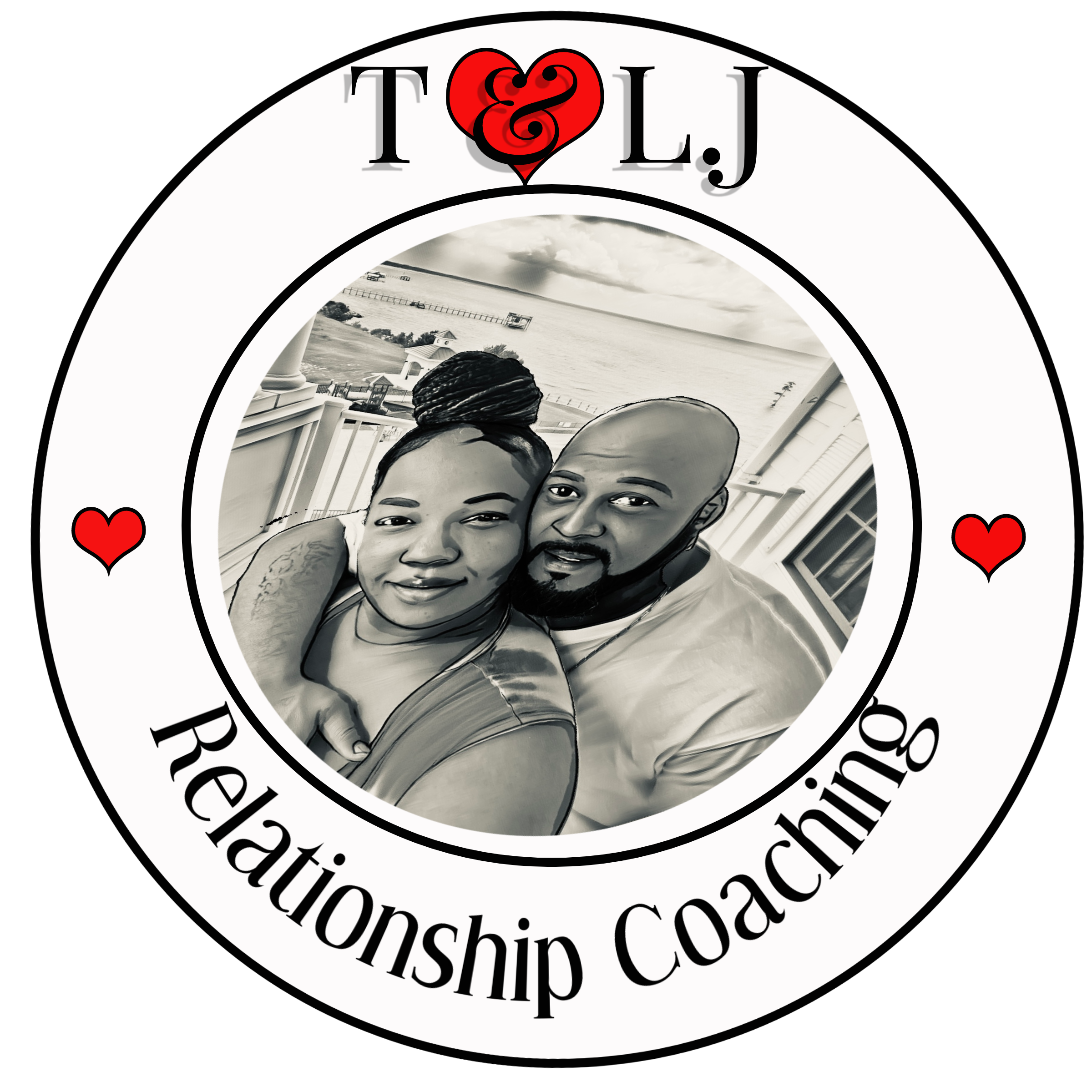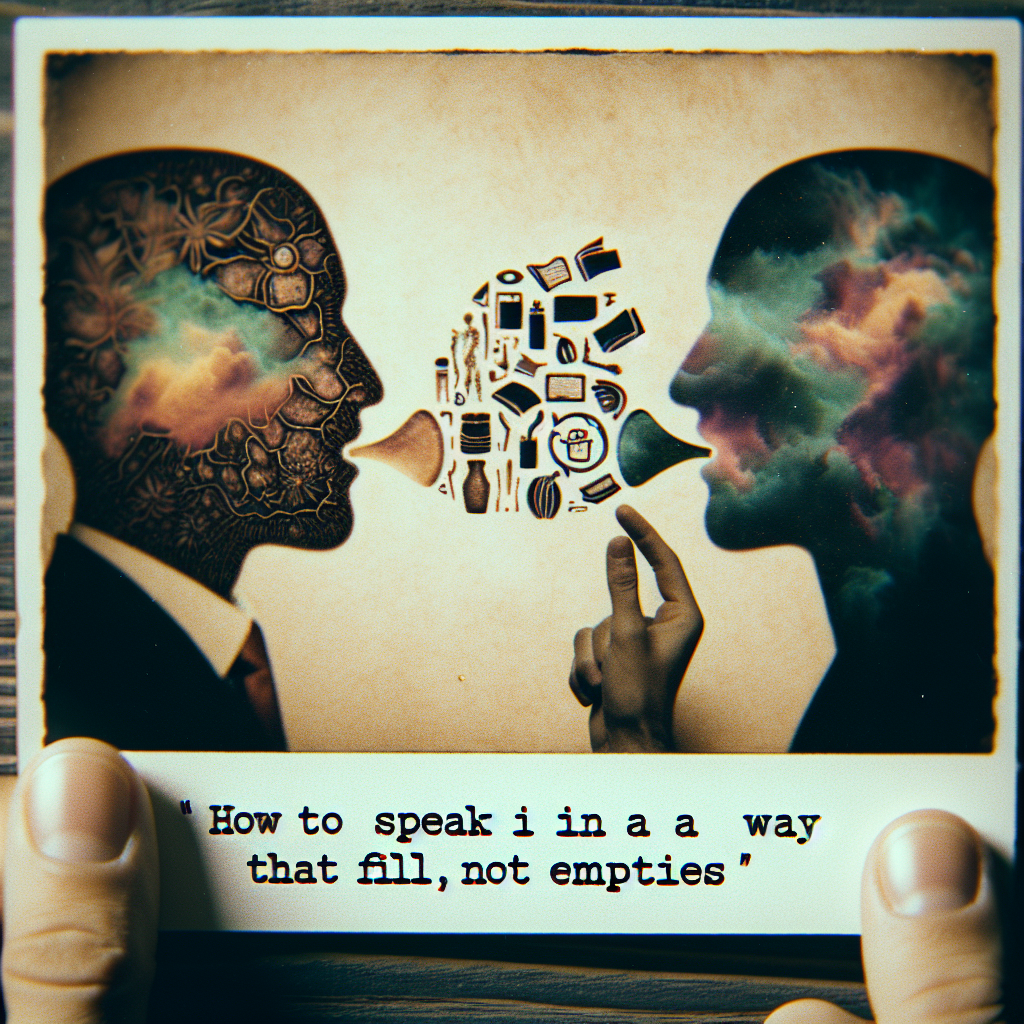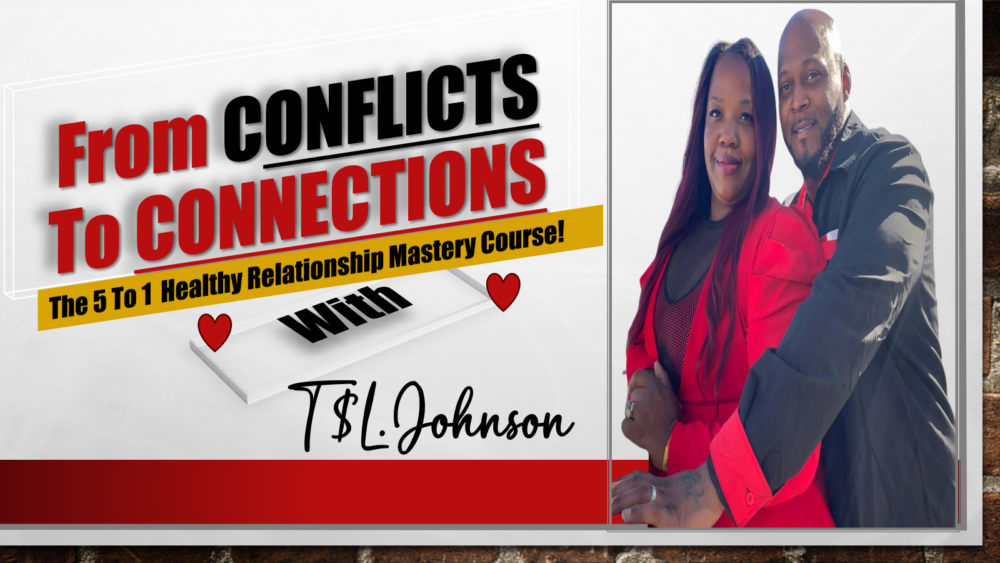Recognizing the Patterns of Disagreement
Understanding Your Own Reactions
Reflecting on my own journey with disagreements, I realize that understanding my reactions forms the backbone of resolving conflicts. Initially, it felt more like a personal attack when someone disagreed with me. I would get defensive, turning discussions into emotional explosions rather than constructive dialogues. This perspective shift is crucial—understanding my triggers helped me regain control and approach conversations more thoughtfully.
When I take the time to identify why I react in certain ways, I can begin to manage those impulses. This means taking a step back and recognizing that it’s okay to disagree. It’s not about ‘winning’ a discussion but about understanding different viewpoints. It became clear that I needed to reframe my mindset around disagreement.
Realizing that arguments often stem from miscommunication can change everything. Often, I would find myself lost in the knotted web of accusations and defensiveness without really hearing the other person. Now, I practice active listening, which allows me to truly grasp the other person’s perspective. This has been a game-changer—suddenly, it’s not just about my viewpoint anymore.
Creating a Safe Environment for Discussion
Establishing Trust
Trust is the cornerstone of any relationship, right? In my experience, establishing a safe environment to share our thoughts and feelings is essential. When I know I won’t be judged—when I can speak my truth without fear—I’m much more open. I’ve seen how building trust can make all the difference in avoiding misunderstandings that spiral out of control.
One way I foster trust is by being vulnerable myself. I share my own mistakes and feelings, showing that I’m not perfect. This vulnerability opens the door for the other person to reflect on their own experiences. It creates a shared space where both can express their feelings authentically, leading to genuine understanding.
Additionally, I recommend setting ground rules for discussions, especially when topics hit close to home. Agreeing on a code of conduct can minimize feelings of attack. Simple things like “no interrupting” or “stay on topic” foster a more productive atmosphere and set the stage for harmony.
Empathy: The Key to Connection
Walking in Their Shoes
Empathy isn’t just a buzzword; it’s the real deal when it comes to resolving disputes. When I started taking the time to genuinely consider the other person’s perspective, my outlook on disagreements changed completely. It’s not about who’s right or wrong but about understanding where the other person is coming from. Even a slight shift in approach can create meaningful connections.
I remember a time when a friend and I were at loggerheads over a seemingly trivial issue. Instead of doubling down on my stance, I paused and asked them how they felt about it. Listening to their point of view gave me a new appreciation for their feelings. Isn’t it amazing how just one small change can shift the entire narrative?
Empathy requires effort, but I promise it’s worth it. It encourages people to let their guards down and opens the floor for deeper conversations. Once I embraced this practice, I noticed that not only did arguments lessen, but the quality of my relationships improved significantly.
Effective Communication Techniques
Practicing Active Listening
Active listening has become my go-to tool for managing disagreements. It’s simple: you listen with the intent to understand, not just respond. In conversations, I find it’s easy to become momentarily focused on what I want to say next, but I’ve learned to take a step back and truly hear what the other person is saying. This shift has been transformational.
During a tense discussion, one technique I employ is to paraphrase what the other person has said, confirming that I truly understand their perspective. It shows I value their opinion, and it also helps clarify any miscommunications that may have arisen. Sometimes, they may even feel more understood than before, which can completely change the tone of the conversation.
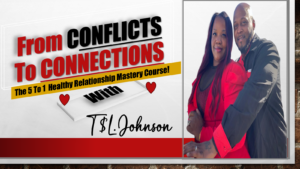
Incorporating ‘I’ statements also helps steer discussion in a non-confrontational way. For instance, saying “I feel…” instead of “You make me feel…” reduces defensiveness. It’s significant how the words we choose can pivot conversations into a more constructive direction, aiding in clearing misunderstandings rather than solidifying them.
Finding Common Ground
Identifying Shared Goals
When it comes to resolving conflicts, identifying shared goals has been a super helpful approach for me. Wechallenges them to step outside the heat of the moment and think about what we both ultimately want. Once I bring this into the conversation, it’s amazing how quickly things can shift from arguing to brainstorming solutions together.
For example, I had a disagreement with a coworker which stemmed from differing priorities on a project. Initially, it felt like we were conflicting for the sake of conflict. But when we took a step back and realized our mutual interest in producing the best possible result, it rekindled our collaboration. Instead of focusing on our differences, we redirected our energy toward our shared goal.
Once we highlighted our shared vision, I realized how much easier it became to put aside individual grievances. Focusing on what unites us fosters collaboration. I found that our relationship flourished when we worked together, making paths toward success that neither of us may have considered initially.
Conclusion: Embracing Harmony
Finding harmony after arguments is absolutely attainable if we’re willing to learn and grow. The journey involves recognizing the patterns that lead to discord, creating a safe space for open dialogue, practicing empathy—the list goes on. Revisiting how we communicate with ourselves and others is vital in building trust, understanding, and compassion.
It won’t always be easy, but I think with these strategies, anyone can make a significant impact on their relationships. It takes effort, patience, and practice, but I’ve seen the positive results in my personal and professional life. Let’s embrace the harmony together!
FAQ
What are the key components of resolving arguments?
The essential components I’ve found are recognizing patterns of disagreement, creating a safe environment, practicing empathy, effective communication, and finding common ground.
How can I create a safer space for discussions?
Establish trust by being open and vulnerable. Set clear ground rules for discussions to ensure respect and understanding are maintained throughout.
What is active listening, and why is it important?
Active listening involves truly focusing on the speaker without planning your response while they talk. It’s vital because it fosters understanding and minimizes miscommunication during a discussion.
How can empathy impact arguments?
Empathy shifts focus from our own perspectives to those of others. This approach makes it easier to understand their feelings, making it far harder to argue as we begin to comprehend each other’s viewpoints.
How can finding common ground help in resolving disputes?
Identifying shared goals helps redirect the conversation toward collaboration rather than conflict. This commonality can unite both parties, facilitating a more constructive outcome.
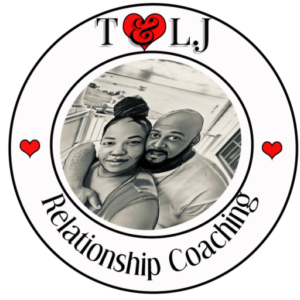
Schedule Your First 20-Minute Coaching
Call With Us Today to see if we fit . You pick the price!
Click Here
